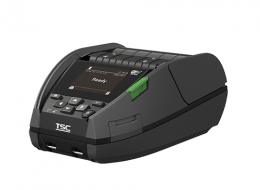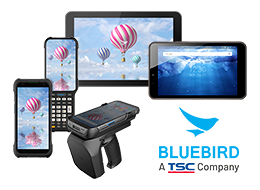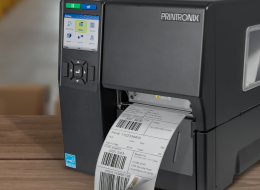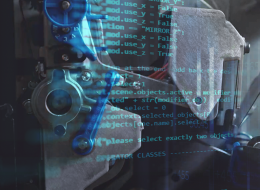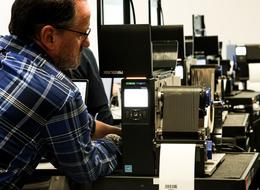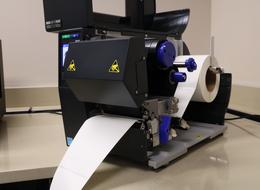An Overview of the Challenges with RAIN RFID Numbering Systems for Pharmaceutical Products

In our last blog regarding RAIN RFID numbering systems for pharmaceutical products, we looked at the three well-defined numbering systems currently in use. These systems include the GS1 schemata, RAIN AFI, and the DoseID’s schema. Unfortunately, none of these existing schemata is ideal, and in that blog we covered the pros and cons of each system.
The GS1 schemata, already widely used in the pharmaceutical industry, use an existing, established numbering system (SGTIN). Unfortunately, it does not allow for quick, efficient filtering for tags of interest when a multi-faceted search is involved. The RAIN AFI approach is not well-established, nor based on existing open standards generated by any kind of widely recognized standards body. However, it does allow efficient reading and filtering of tags. DoseID’s license plate provides fast, efficient reading and filtering of tags, but a database look-up on their “Centralized Data Repository” is required in order to obtain product information.
In today’s blog, we take a look at the issues that occur from the use of different numbering systems, and problems caused by using proprietary, non-standards-based numbering systems in the pharmaceutical industry. Continue reading to learn more.
Different Numbering Systems for Pharmaceutical Products
With the use of RAIN RFID for pharmaceutical products, we previously covered that different organizations are using different numbering systems for essentially the same applications. Some organizations are using GS1 standards, others the new ISO-based RAIN AFI, others DoseID’s schema, and still others are generating their own, proprietary numbering systems.
What happens when various organizations and entities across the healthcare value-chain use different numbering systems? In short, this means that Organization X’s reading systems cannot read all of the tags passing through their systems. For example, X’s reader software may be configured to read tags that are formatted according to GS1’s SGTIN-96 Encoding Scheme, with additional data in tags’ User memory encoded as per GS1’s “packed objects” documentation. If products tagged with the RAIN AFI system are introduced to the environment, X’s readers will not know what those tags resolve to in terms of products and product attributes. At best, the readers will ignore the RAIN AFI tags; at worst, the RAIN AFI tags could cause “Tag Clutter” and be incorrectly interpreted.
Organization X could theoretically add more software to their system to read both sets of tags, but this is very difficult and prone to errors. Every single reader would need to be properly configured — it is easy to miss a reader and/or make a mistake. Additional processing time and power would also be needed for the reading system to filter and make sense of the two sets of data. Any time there is an update, new opportunities for errors get introduced, as well.
Organization X could also theoretically have two separate reading systems, but nobody wants to pay for or maintain duplicate systems. This is a no-go in practical terms.
Assuming that an entity did decide to implement the additional software, logic in their systems and/or hardware to be able to process items tagged according to different numbering systems, this opens the door to all the problems associated with maintaining multiple sets of data.
Issues with Proprietary, Non-Standard Numbering Systems
Although related to the issues we see with different, multiple numbering systems in use, the problems arising from proprietary numbering systems really need to be seen from an additional perspective: That of data-access (and sharing) and the financial implications behind access to potentially life-critical data in the hands of a for-profit organization.
Addressing the financial issues is fairly straightforward. Proprietary numbering systems operate on a pay-to-play model, so if you want access to the data, you have to pay. Nobody wants another cost associated with healthcare, so the benefits of any proprietary approach need to be carefully weighed against the costs.
The issue of data access is a little more involved, but the problems can best be understood by using the following example. Suppose a patient needs a critical, life-saving medication. This example could play out on the battlefield, during a natural disaster, at a remote site in the jungle, or even in a modern city’s hospital. For one reason or another, the hospital only has supplies of the medicine that have been tagged with a proprietary number (think of today’s supply chain problems) and the care provider is not signed up for the program. Identifying and finding the critical medicine in time can prove difficult, especially if the provider’s systems are not designed to understand the numbers used. Signing up for the program to get the product data needed is simply not feasible in a time-constrained scenario.
Helping You Understand Different RAIN RFID Numbering Systems
At TSC Printronix Auto ID, it is our goal to help you better understand the use of different or proprietary, non-standard RAIN RFID numbering systems. We will continue to present information on this topic to discuss the complexities and where to start. You can begin by following our blog. For additional information about RFID, you can also visit our website.

